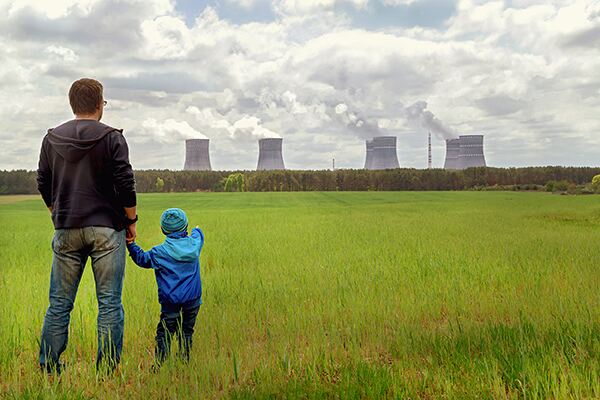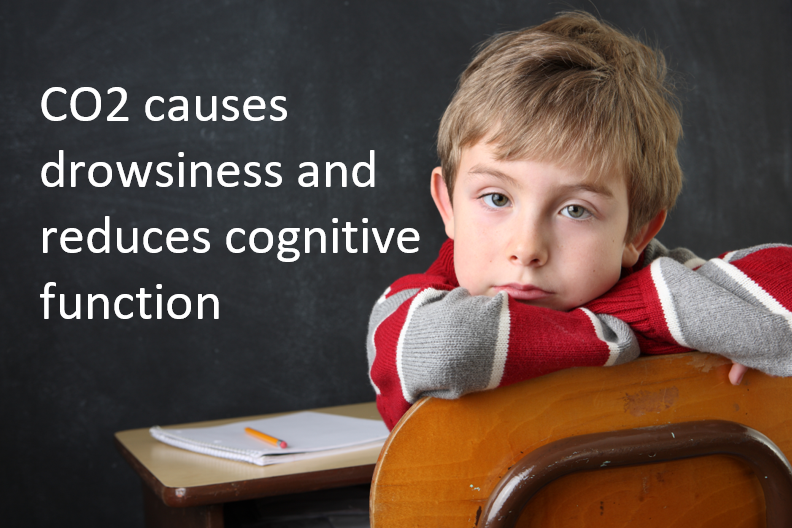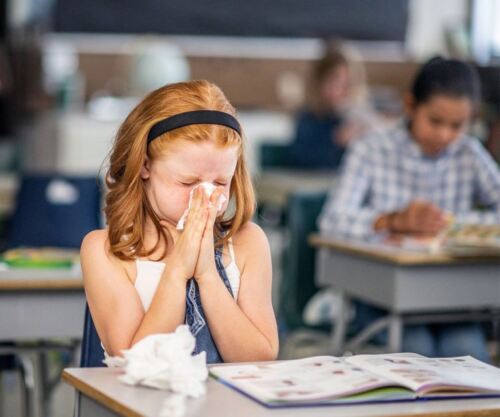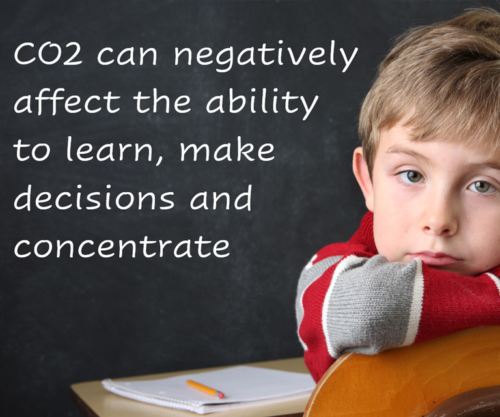
Air Pollution
It’s all around us but we are unable to see it. We need it to survive but it can also carry contaminants that can be damaging to our health, wellbeing and learning capabilities. Every time we fill our lungs with life sustaining air, we can also breathe in harmful invisible pollutants.
Levels of air pollution across the UK are at unsafe and illegal levels, with an estimated 40,000 early deaths each year linked to breathing polluted air. Research shows that more than 2,000 schools and nurseries in England and Wales are located in areas with illegal levels of pollution. Exposure to this air pollution can harm the development of lung function in the womb, during childhood and right up to the late teens. Children are at risk of developing long-term lung damage, whilst in the classroom and on the journey to and from school.
The law requires school employers to protect pupils against risks to their health, so schools should have a policy on reducing risks to health from air pollution and head teachers and school leaders should create an action plan.
What’s in the air we breathe
 An air pollutant is any substance in the air that could cause harm to people, adversely affect biodiversity and contribute to global warming. Particulate matter, known as PM, and nitrogen dioxide have been researched and a lot is known about their harmful effects. Harmful concentrations of pollutants can be found in most UK towns and cities, with most pollution in urban areas coming from vehicles.
An air pollutant is any substance in the air that could cause harm to people, adversely affect biodiversity and contribute to global warming. Particulate matter, known as PM, and nitrogen dioxide have been researched and a lot is known about their harmful effects. Harmful concentrations of pollutants can be found in most UK towns and cities, with most pollution in urban areas coming from vehicles.
The WHO Global air quality guidelines offer global guidance on thresholds and limits for key air pollutants that pose health risks. The Guidelines apply worldwide to both outdoor and indoor environments and are based on expert evaluation of current scientific evidence for:
- particulate matter (PM)
- nitrogen dioxide (NO2)
- sulphur dioxide (SO2)
- ozone (O3)
 Particulate matter (PM)
Particulate matter (PM)
A range of dust, dirt and liquids suspended in the air that are classified according to size, from the smallest PM1 and PM2.5 to the largest PM10 which is still only about the fifth of the thickness of a human hair. Many of the particles that form PM may enter the bloodstream and be transported around the body, lodging in the heart, brain and other organs. Therefore, exposure to PM can result in serious impacts to health, especially in vulnerable groups of people such as the young, elderly and those with respiratory conditions.
Chronic exposure to particles contributes to the risk of developing cardiovascular and respiratory diseases, as well as of lung cancer. Small particulate pollution has health impacts even at very low concentrations, in fact, no threshold has been identified below which no damage to health is observed. Therefore, the WHO Global guideline limits aim to achieve the lowest concentrations of PM possible. Concentrations across the UK are currently much higher than the levels the World Health Organisation considers safe.
 Nitrogen dioxide (NO2)
Nitrogen dioxide (NO2)
A poisonous gas produced by road traffic, power plants and other fossil fuel combustion processes, NO2 causes chronic respiratory conditions including asthma, bronchial symptoms, lung inflammation and reduced lung function. Short-term exposure to concentrations of NO2 can cause inflammation of the airways and increase susceptibility to respiratory infections and to allergens and it can exacerbate the symptoms of those already suffering from lung or heart conditions. In addition, nitrogen oxides NOX can cause changes to the environment by changing soil chemistry and affecting biodiversity in sensitive habitats. Nitrogen oxides are also precursors for the formation of ozone outside. Since 2010, the UK has exceeded EU annual legal limits for nitrogen dioxide with the recent statistics showing that 75% of urban areas have levels above the legal limit.
 Sulphur dioxide (SO2)
Sulphur dioxide (SO2)
Sulphur dioxide (SO2) is a corrosive, acidic gas which is predominantly produced from the combustion of coal or crude oil. Direct exposure to SO2 is associated with asthma and chronic bronchitis and can lead to irritation and constriction of the airways. SO2 is also known to combine with nitrogen oxides and ammonia to form particulate matter which has serious health implications discussed above. SO2 can also combine with water vapour in the atmosphere to form acid rain that may be transported large distances and cause significant damage to important ecosystems such as forests and freshwater habitats.
 Ozone (O3)
Ozone (O3)
Ozone at ground level – not to be confused with the ozone layer in the upper atmosphere – is one of the major constituents of photochemical smog. It is formed by the reaction with sunlight (photochemical reaction) of pollutants such as nitrogen oxides (NOX) from vehicle and industry emissions and volatile organic compounds (VOCs) emitted by vehicles, solvents and industry. As a result, the highest levels of ozone pollution occur during periods of sunny weather. Excessive ozone in the air can have a marked effect on human health, causing breathing problems, triggering asthma, reducing lung function and causing lung diseases.
Outdoor air pollution can build up indoors and in addition to the above pollutants, CO2, VOCs and Radon can also affect the health and wellbeing of building occupants.
 Carbon dioxide (CO2)
Carbon dioxide (CO2)
Carbon dioxide (CO2) is a by-product of combustion, as well as a result of the metabolic process in living organisms. Because carbon dioxide is a result of human metabolism, concentrations in a building are often used to indicate whether adequate fresh air is being supplied to the space. Exposure to carbon dioxide can cause a number of health issues, including headaches, dizziness, restlessness, a tingling or pins or needles feeling, difficulty breathing, sweating, tiredness, and increased heart rate. High levels (over 1,500 ppm) can reduce cognitive functioning and increase the transmission of airborne viruses like Covid-19, flu and colds. Read our report on our year long, live study of CO2 levels in five Yorkshire schools.
 Volatile organic compounds (VOCs)
Volatile organic compounds (VOCs)
Volatile organic compounds (VOCs) are a large group of organic compounds which differ widely in their chemical composition but can display similar behaviour in the atmosphere. VOCs from combustion processes such as smoking, heating, cooking or candle burning can produce dangerous chemicals like formaldehyde, which is a known human carcinogen, and is also known to cause irritation to the eyes and upper airways at low concentrations. VOCs are emitted by many everyday products including household cleaning materials, paints, furniture, floor coverings and some toys.
 Radon
Radon
Radon is a colourless, odourless radioactive gas formed by the radioactive decay of small amounts of uranium that occur naturally in all rocks and soils. It seeps through cracks in floors and through walls in underground spaces like cellars and car parks. Radon is the number one cause of lung cancer amongst non-smokers, causing around 11,000 deaths in the UK each year. Limited ventilation will trap radon in a room where it can build up to high Levels. The Ionising Radiations Regulations 2017 impose a duty on employers to protect workers from exposure to radon. Solutions are relatively simple and cost-effective.
Why is air quality so important in schools?
Children are more vulnerable to the harmful effects of polluted air; they spend significant periods of time in one room, often with high occupancy rates; polluted air can affect cognitive functioning and learning; and the recent pandemic has shown that viruses can be transmitted in poorly ventilated spaces.
Children are more vulnerable to the adverse effects of air pollution because:
- their airways are smaller and still developing
- they breathe more rapidly than adults and so breathe in more pollution
- pushchairs, bikes and scooters and the height of children puts them closer to emissions from car exhausts and particulates from tyres and brakes on the school run and in playgrounds next to busy roads
If a child breathes high levels of air pollution over a long period, they might be at risk of:
- their lungs not working as well as they could when they’re older leading to bronchitis and other lung conditions
- developing asthma during childhood or as an adult, and if they already have asthma, air pollution can make it worse and trigger attacks
- lung cancer, heart disease and possibly even diabetes and dementia when they’re older
- infections like pneumonia
CO2 can adversely affect performance and learning capability
 Pollution is not only harmful to health but also has significant effects on wellbeing and learning capabilities. Each person exhales CO2 around 24,000 times a day, meaning that this gas can accumulate very quickly indoors, where we spend 90% of our time.
Pollution is not only harmful to health but also has significant effects on wellbeing and learning capabilities. Each person exhales CO2 around 24,000 times a day, meaning that this gas can accumulate very quickly indoors, where we spend 90% of our time.
Schools and colleges frequently have very high levels of carbon dioxide (CO2) as rooms have high occupancy rates for significant periods of time throughout the day. When a classroom is filled with children CO2 levels rise quickly, often exceeding the DfE guidelines of a maximum 1,500ppm (parts per million). In fact, in our recent year long study into CO2 levels in the classrooms of five Yorkshire schools, the the highest single CO2 reading was 5,966 parts per million (ppm) – 4,466ppm above DfE guidelines. Read the report here.
Breathing in high levels of CO2 causes the levels of this gas to rise in our blood, reducing the amount of oxygen that reaches our brains. According to research, CO2 adversely affects performance and cognitive functioning, causing tiredness, drowsiness, lack of concentration and poorer test scores.
As classrooms have high occupancy rates there is a higher than normal risk of the transmission of viruses like Covid-19, flu and colds.
Click here to read about the transmission of airborne viruses

